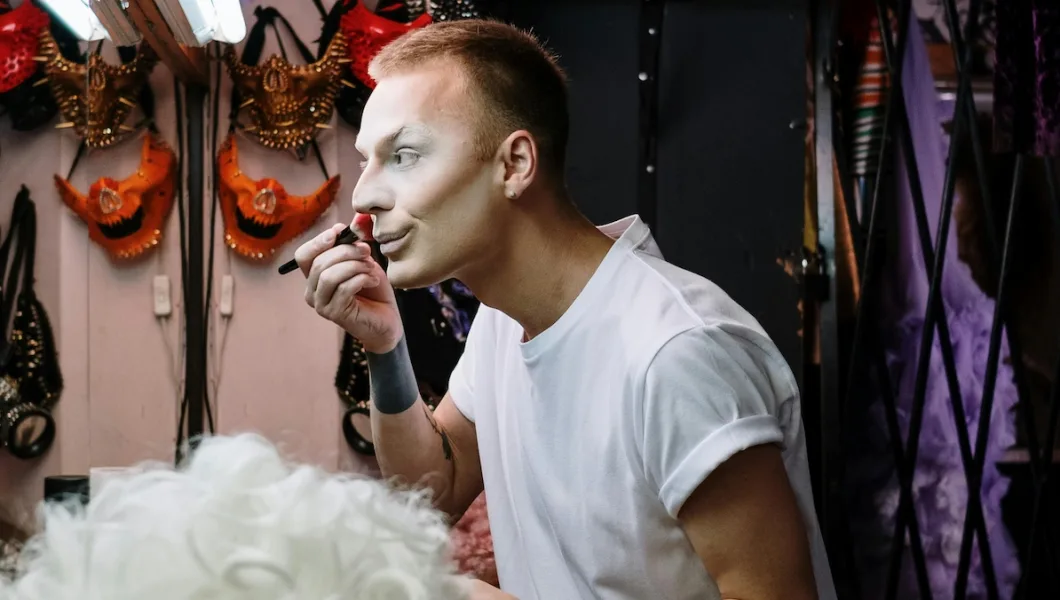Throughout the history of film, the silver screen has been a canvas for exploring the depths of human psyche. It’s given us characters that stay with us long after the credits roll. Few are more captivating and complex than the narcissist. Hollywood has produced a steady flow of these characters, shaping not just our entertainment but also reflecting our society’s struggles with issues like ego, identity, and empathy. From silent films to modern blockbusters, narcissistic figures have left an indelible mark on cinema, forcing us to confront the allure and self-importance that come with excessive egoism.
Narcissism Gets Its Close Up
Let’s take a closer look at what we mean by narcissism. The term has its roots in Greek mythology and evolved to take shape in psychoanalytic theories, describing mindset of excessive self-love. But it’s not just vanity; narcissism is tangled up with issues like low self-esteem, ego, and a breathtaking lack of empathy. When we explore how movies portray this trait, it’s not just about entertainment; it’s a mirror reflecting our society’s values and realities. In films, narcissism is often glamorized, with characters embodying traits like charm, and hubris. These personalities crave control over their lives and those around them, even on the big screen.
What can we learn from these endlessly fascinating portrayals? They reveal the exploitative tendencies that make narcissism an intriguing subject for filmmakers. In today’s culture, narcissism is a commonly used term, frequently examined in both research and popular media as we contemplate the significance of the selfie era and its potential reflection of a cultural shift towards self-centeredness. As we dissect film narratives, we uncover the deeper motives and ripple effects of narcissistic characters, offering insights into our society and storytelling traditions.
Cinematic depictions Narcissism Case Studies
Black Swan provides a distressing portrayal of a ballerina who, in her search for perfection, falls into a state of narcissistic insanity. In Gone Girl, Amy Dunne is shown as a perfect manipulator, performing a narcissistic play which takes those around her by surprise and fools.
In the Hollywood classic, The Devil Wears Prada, Miranda Priestly, the impeccable fashion editor, uses her grandiosity to rule a superficial world that only values appearances and displays. However, as true of Tinsel Town itself as it is of Miranda Priestly, brilliantly played by Meryl Streep in the film. For decades Hollywood has promoted a narcissistic approach to life.
Today, accessing movies is incredibly easy with high-definition and 4K streaming available. You can easily find them on popular streaming platforms like Netflix or Amazon Prime. However, if you or someone you care about has experienced digital stalking, it may affect your comfort in using entertainment services. You might find yourself grappling with questions like, ““Is my IP address secure?” Privacy concerns can be particularly troublesome in the digital age, underscoring the importance of ensuring secure access to these services.
Putting the online privacy implications aside, the cinematic world is flooded with other narcissistic representations that range from the subtle to the obvious. The narratives of these films reveal how these characters’ self-absorption and manipulative nature cause serious harm to the people around them and pose queries about the effects of dysfunctional narcissism on relationships as well as society. Further studies may investigate the influences of these themes and motifs on the aspects of audience identification, societal mirrors, and critiques
Narcissistic Parts Diversity
In movies, narcissists come in various shapes and sizes, ranging from antagonists to protagonists or even antiheroes. A protagonist-narcissist, for instance, might blur the lines as an antihero, embodying strength while battling inner demons fueled by their overwhelming ego, challenging conventional norms. Conversely, an antagonist-narcissist serves as a twisted mirror reflecting the protagonist’s flaws, intensifying their internal conflicts.
What draws audiences into these characters’ orbit is the seductive allure of their narcissism, leaving viewers oscillating between fascination and repulsion. Whether they serve as foils or not, self-obsessed characters inject tension into the plot, driving the narrative forward. Yet, beneath their surface charm lie deeper themes like status obsession, beauty, and power, masking struggles to connect with others or acknowledge those beneath them.
Through classifying and analyzing these narcissistic characters, we can unveil the subtle representations and moral lessons they convey, shedding light on their complexities and enriching our understanding of their stories.
The Last Cut: A Summary of Consequences
When the screen finally fades to black, the images we’ve seen don’t simply disappear into thin air. They linger, inspiring contemplation and conversation long after the credits have rolled. The stories we immerse ourselves in through cinema are as much a part of our reality as any tangible experience.
The depiction of narcissism in Hollywood films goes beyond mere entertainment; it serves as a lens through which we can examine, challenge, and motivate ourselves to confront the personas we project and the narratives we embrace. It’s imperative that we continue to scrutinize how our society perceives and portrays narcissism on the silver screen, for it mirrors not only ourselves but also the world we inhabit.
Through thoughtful analysis, we can gain deeper insights into its influence on our culture, relationships, and personal development, paving the way for greater understanding and growth.






